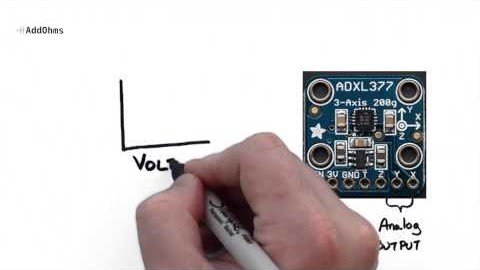Every Addohms project follows the same pattern. About 80% of my original idea makes it into the video while the remaining 20% I make up on the fly. Of course, when I do that, I spend 80% of my time on that 20%. AddOhms #10 on BJTs is no different.
For now, there is going to be a two part series on transistors. #10 is the first part of this two part series. We cover BJTs here and will cover MOSFETs in the next one. (And hey, that one is already 20% written!)
Check out Addohms.com or the AddOhms YouTube Channel for more videos.






